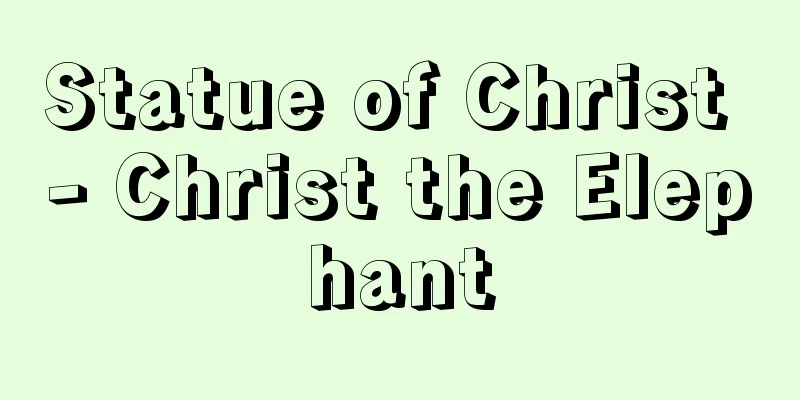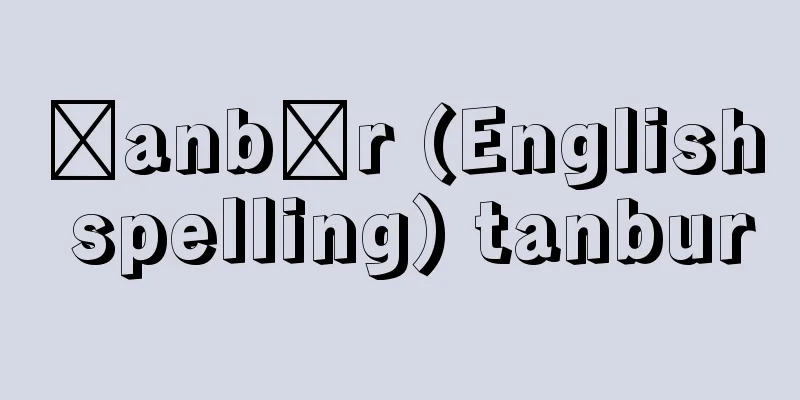Statue of Christ - Christ the Elephant

|
...Byzantine emperors adopted the religious policy of the state from 726 to 787 and from 815 to 843, and because of the unique relationship between the state and the church in the empire (Caesar-Papism), it became a historic event that involved areas other than religion, and its repercussions reached as far as the Carolingian Frankish kingdom. In 726, Pope Leo III had the statue of Christ removed from the Chalcoplateia district of Constantinople, which was highly venerated at the time, and in 730 issued an edict (Iconoclasm) prohibiting the worship of icons on the grounds that they were idols. This was due to the issuance of a similar decree by the Umayyad caliph Yazid II (reigned 720-724), criticism of Christians as idolaters by the Jewish and Christian heretical Paulists, and a long-running debate within Christianity itself. In other words, in the early Christian church, faithful to the Old Testament book of Exodus (20:4-5), Christian art was understood to have only a symbolic and allegorical meaning, but later, they gradually began to feel no resistance to using the Bible's history of salvation as a story for the education of ordinary believers, and to using Christ and other figures as worship figures. From [Icon]…In the Eastern Orthodox Church, holy images of Christ, the Virgin Mary, saints, etc. are the cornerstone of faith. They have an important meaning in the religious life of believers, and are placed and venerated not only in churches but also in the private homes of believers. The most common type is the so-called panel painting, which is created using the following process. First, a shallow depression is carved into the center of a wooden board, leaving only the four edges, and linen is pasted on top, and alabaster powder is applied using glue, and the holy image is painted on top of this with tempera paint. They come in a variety of sizes, from small ones for carrying around to large ones that are hung in the iconostasis (diagram) inside a church. … *Some of the terminology that refers to the "Christ statue" is listed below. Source | Heibonsha World Encyclopedia 2nd Edition | Information |
|
…726‐787年,815‐843年,ビザンティン皇帝たちによって国家の宗教政策とされ,この帝国における国家と教会との独特の関係を背景に(皇帝教皇主義),その経過で宗教以外の領域をも巻き込んで,歴史的大事件となったばかりでなく,その余波は遠くカロリング朝フランク王国にまで及んだ。 レオ3世が726年,当時特別尊崇をあつめていたコンスタンティノープルのハルコプラテイア地区のキリスト像を撤去させ,730年勅令(偶像破壊令)をもってイコンは偶像だとしてその礼拝を禁止した背景には,ウマイヤ朝カリフ,ヤジード2世(在位720‐724)の同趣旨の法令発布や,ユダヤ教,キリスト教異端パウルス派における,キリスト教徒を偶像崇拝主義者だとする批判の声のほか,キリスト教内部における長い論議があった。すなわち,原始キリスト教会では,旧約聖書《出エジプト記》(20:4~5)に忠実に,キリスト教芸術は象徴的寓意的意味をもつにすぎないものと理解されていたが,続いて,一般信徒の教育のために聖書の救済史を物語としたり,キリストその他を礼拝像とすることに,しだいに抵抗を感じなくなった。… 【イコン】より…東方正教会において,信仰のかなめとなるキリスト,聖母,聖人などの聖画像。信徒の信仰生活に重要な意味をもち,聖堂内のみならず信徒の私宅にも安置され,崇敬される。いわゆる板絵形式のものが最も多く,次のような過程で制作される。まず木板の四周を残して中を浅く彫りくぼませ,そこに麻布を貼り,上に膠を用いて雪花石膏(アラバスター)の粉を塗布し,この上にテンペラ絵具で聖像を描く。大きさは携帯用の小型のものから,聖堂内のイコノスタシス(図)に掛け並べる大型のものまでさまざまである。… ※「キリスト像」について言及している用語解説の一部を掲載しています。 出典|株式会社平凡社世界大百科事典 第2版について | 情報 |
>>: Christian Democratic Union
Recommend
Ekiho (English spelling) yi-fa; i-fa
In China, the law for employing people for public ...
Black Thursday
On Thursday, October 24, 1929, stock prices on the...
Invisible hand - Miezalute (English spelling) invisible hand
A famous phrase that appears in The Theory of Mora...
Pug [Breed] - Pug
A breed of dog. It stands about 25-28cm tall and w...
Parkia roxburgii (English spelling) Parkia roxburgii
…(1) Tropical woody legumes Many woody legumes ha...
IFTU
Please see the International Trade Union Confeder...
A'nyêmaqên [Mountain Range] (English spelling)
Located in the southeastern part of Qinghai Provin...
Yamaguchi Basin
The basin is located in the middle of the Fushino...
Stegodon (English spelling)
A large fossil elephant of the Stegodontidae famil...
Yaeyama earthquake tsunami
An earthquake and tsunami disaster occurred on the...
Panax japonicum (English name) Panax japonicum
… [Yoshihiro Matsumiya]. … *Some of the terminolo...
Pictorialism
…A term used in photography. Translated into Japa...
prêt-à-porter (English spelling) pretaporter
…In France, ready-made clothing called confection...
Educational toys - Educational toys
...From around the 18th century, a trend to recog...
Prostitute - Suugi
〘 noun 〙 A geisha who has not yet become a full-fl...









